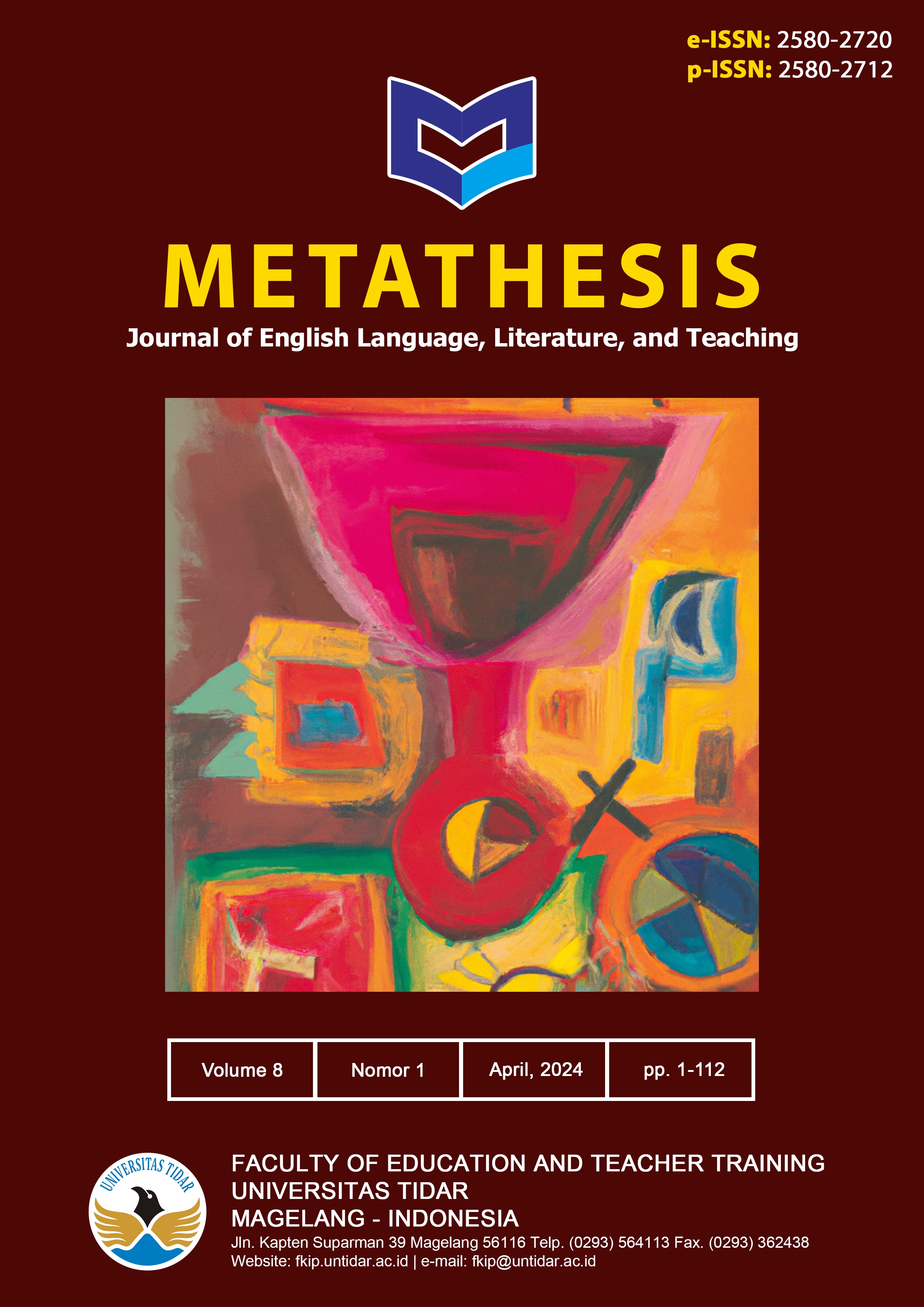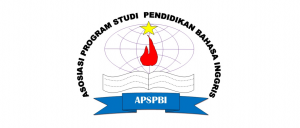Revealing the Ideology of Documentary Film Dirty Vote: Critical Discourse Analysis with Transitivity Perspective
DOI:
https://doi.org/10.31002/metathesis.v8i1.1441Keywords:
Critical Discourse Analysis, Dirty Vote, Documentary Film, Transitivity, Systemic Functional Linguistic, IdeologyAbstract
The Dirty Vote documentary movie attempted to depict the ambiance of Indonesia’s general election. Movies inherently reflect the viewpoints and ideology of particular groups; therefore, it led us to research the film further by using Critical Discourse Analysis. Film as one of the discourses has its linguistics characteristic which brings the ideological orientations. This research aims to reveal the ideology of Dirty Vote from transitivity perspective. Transitivity is the ideational function that can show what happens in a text as it is related to a series of context in which participants, processes, and circumstance must be used in a discourse. In addition, this research uses Fairclough›s Critical Discourse Analysis to reveal ideological assumptions in discourse. The data is taken from the utterance of one of the constitutional law experts, namely Zainal Arifin Mochtar (ZAM). Fairclough›s CDA model: description, interpretation and explanation are used to analyze the data. This study found that the processes in opening of the film are relational attributive process, material process and behavioral process. Meanwhile, the processes perceived in the content of the movie are material, relational attributive, relational identifying, behavioral, verbal, mental, and existential process. The transitivity analysis in the film produces representation of general election reflected in the ZAM’s speech and create the ideology of the film.
Downloads
Published
How to Cite
Issue
Section
License
Copyright (c) 2024 Metathesis: Journal of English Language, Literature, and Teaching

This work is licensed under a Creative Commons Attribution-ShareAlike 4.0 International License.
The copyright of the received article shall be assigned to the journal as the publisher of the journal. The intended copyright includes the right to publish the article in various forms (including reprints). The journal maintains the publishing rights to the published articles. Therefore, the author must submit a statement of the Copyright Transfer Agreement.

This work is licensed under a Creative Commons Attribution-ShareAlike 4.0 International License.
In line with the license, authors are allowed to share and adapt the material. In addition, the material must be given appropriate credit, provided with a link to the license, and indicated if changes were made. If authors remix, transform or build upon the material, authors must distribute their contributions under the same license as the original.



